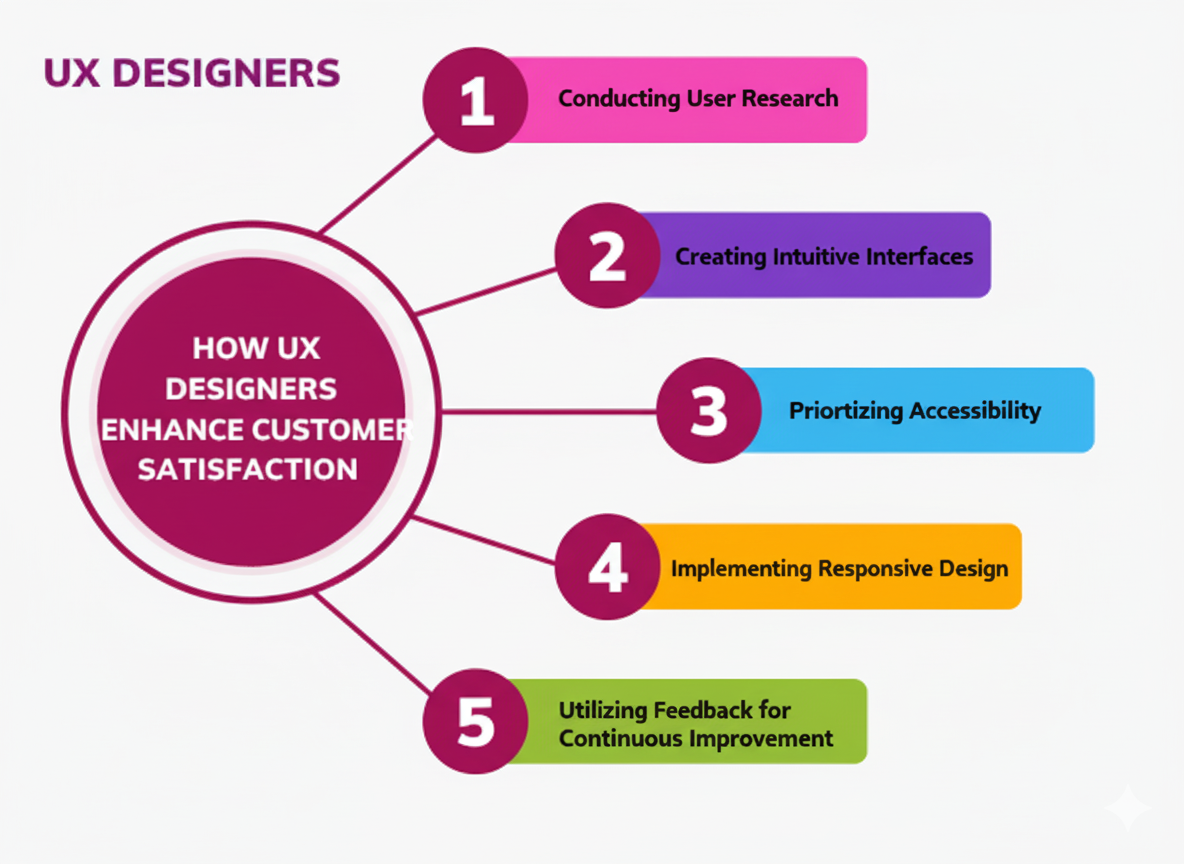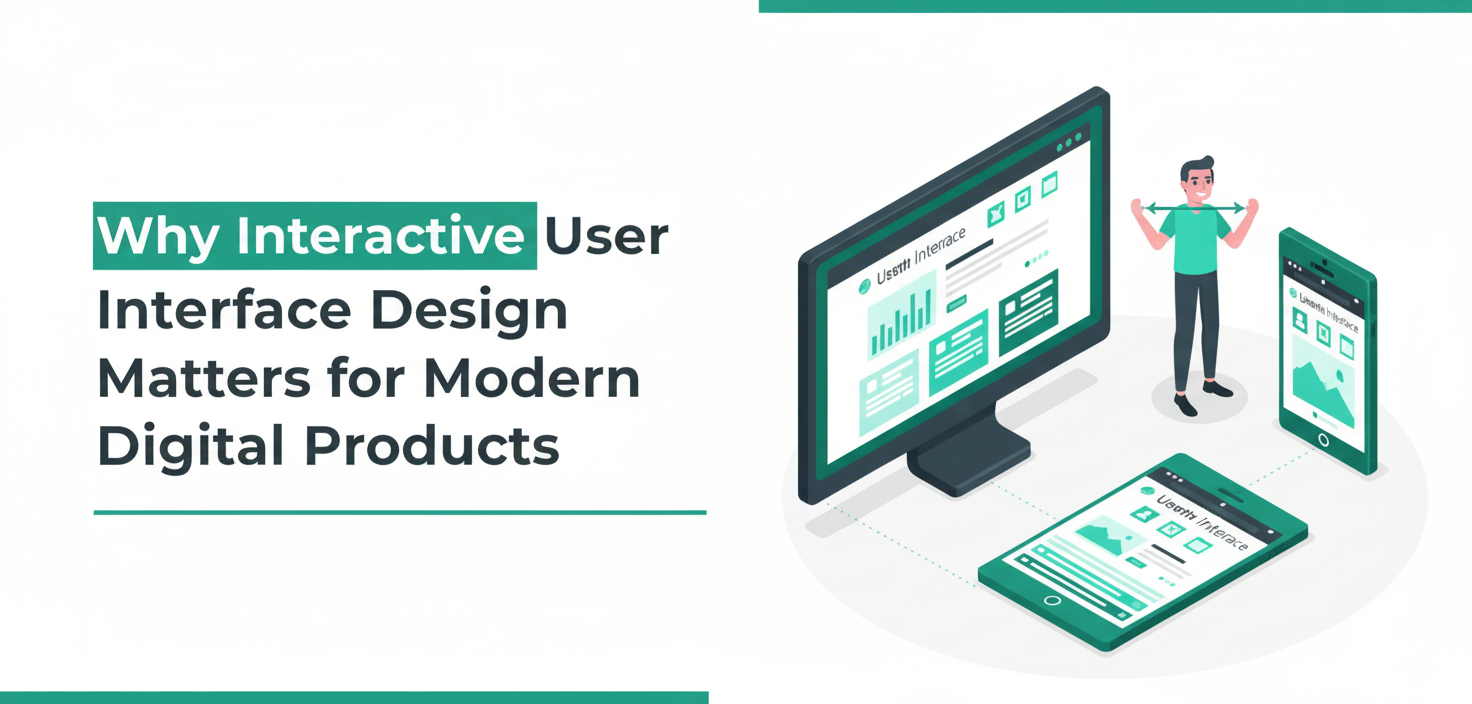How User Experience Designers Improve Customer Satisfaction
.png)
In today's digital landscape, where competition is fierce and customer expectations are high, businesses must prioritize delivering exceptional experiences to their users. User Experience (UX) design plays a pivotal role in achieving this goal. UX designers focus on creating intuitive, efficient, and delightful interactions between users and digital products or services. By doing so, they significantly enhance customer satisfaction, loyalty, and overall business success.
Understanding User Experience (UX) Design
User Experience (UX) design is a multidisciplinary field that encompasses various aspects such as usability, accessibility, interaction design, and visual design. It involves understanding users' needs, behaviors, and pain points to create products that are not only functional but also enjoyable to use. The ultimate goal of UX design is to ensure that users have a seamless and positive experience when interacting with a product or service.

The Importance of UX Design in Customer Satisfaction
A well-designed user experience can lead to numerous benefits for businesses, including:
- Increased Customer Loyalty: When users have positive experiences, they are more likely to return and continue using the product or service.
- Higher Conversion Rates: Intuitive and user-friendly interfaces can guide users toward desired actions, such as making a purchase or signing up for a service.
- Reduced Support Costs: Clear and easy-to-navigate designs can minimize user errors and the need for customer support.
- Enhanced Brand Reputation: Products that offer excellent user experiences can lead to positive word-of-mouth and brand advocacy.
How UX Designers Enhance Customer Satisfaction
1. Conducting User Research
UX designers begin by conducting thorough user research to understand the target audience's needs, preferences, and pain points. Methods such as surveys, interviews, and usability testing provide valuable insights that inform the design process. By empathizing with users, designers can create solutions that address real problems and deliver meaningful value.
2. Creating Intuitive Interfaces
An intuitive interface allows users to accomplish their tasks efficiently without confusion. UX designers focus on simplifying navigation, organizing content logically, and ensuring consistency across the interface. This approach reduces cognitive load and enhances the overall user experience.
3. Prioritizing Accessibility
Accessibility is a crucial aspect of UX design. Designers ensure that digital products are usable by people with various disabilities by adhering to accessibility standards and guidelines. This inclusivity not only broadens the user base but also demonstrates a commitment to social responsibility.
4. Implementing Responsive Design
With the increasing use of mobile devices, responsive design has become essential. UX designers create layouts that adapt seamlessly to different screen sizes and orientations, providing a consistent experience across devices. This flexibility caters to users' preferences and enhances satisfaction.
5. Utilizing Feedback for Continuous Improvement
UX designers actively seek user feedback through various channels, such as surveys, analytics, and direct interactions. This feedback loop allows designers to identify areas for improvement and make data-driven decisions to refine the user experience continually.
Case Studies: Impact of UX Design on Customer Satisfaction
Case Study 1: E-Commerce Website Redesign
An online retailer noticed a decline in conversion rates and customer retention. After conducting user research, UX designers identified issues such as complex checkout processes and unclear product information. By simplifying the checkout flow and enhancing product descriptions, the retailer saw a 30% increase in conversion rates and a 20% improvement in customer retention.
Case Study 2: Mobile Banking App Enhancement
A mobile banking app received feedback about its confusing navigation and slow performance. UX designers redesigned the app's interface, streamlined navigation, and optimized performance. As a result, user satisfaction scores improved by 40%, and customer support inquiries decreased by 25%.
The Future of UX Design in Customer Satisfaction
As technology evolves, UX designers must stay abreast of emerging trends and tools to continue enhancing customer satisfaction. Areas such as artificial intelligence, voice interfaces, and augmented reality present new opportunities for creating innovative user experiences. By embracing these advancements, UX designers can anticipate user needs and deliver exceptional experiences that foster long-term customer loyalty.
Conclusion
User Experience (UX) design is integral to improving customer satisfaction. By understanding users' needs, creating intuitive interfaces, and continuously refining designs based on feedback, UX designers play a crucial role in delivering products and services that delight users. In a competitive market, businesses that prioritize UX design are better positioned to build strong customer relationships, enhance brand reputation, and achieve sustained success.
Related Articles
Stay updated with articles that explore design, strategy, and innovation. My blog offers tips, case studies, and reflections on the latest trends and best practices in the industry.

